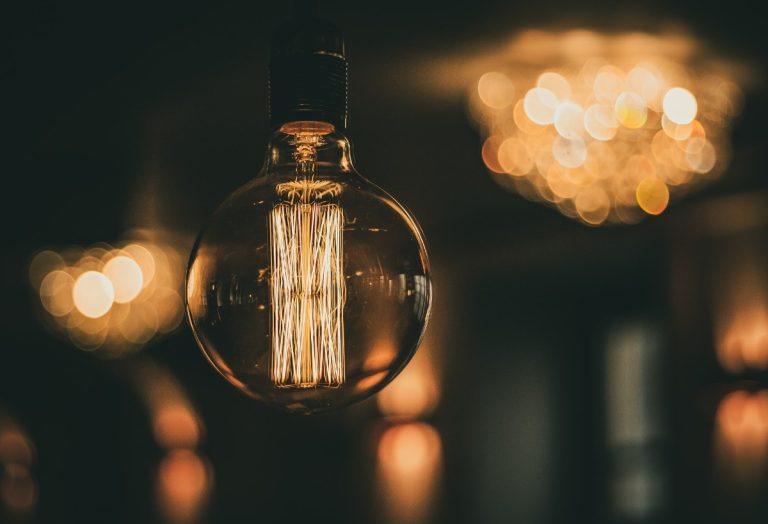High Bay Vs. Low Bay Lighting – What You Should Know
When it comes to industrial lighting, there are two main types of fixtures: high bay and low bay. So, what’s the difference? And more importantly, which type is right for your application?
In this article, we will explore the differences between high and low bay lighting, and help you choose the right type for your needs. So, if you own a warehouse or other large industrial space, read on to learn more!
Table of Contents
What is Bay Lighting?
Well, first of all, we’ll have to define what “bay lighting” is. Bay lighting fixtures are designed to light up large, open spaces like warehouses, gyms, and manufacturing plants.
They are typically suspended from the ceiling by wires or chains, and they come in a variety of shapes and sizes. Now that we know what bay lighting is, let’s compare high bay vs. low bay fixtures.
High Bay vs. Low Bay Lighting
When it comes to bay lighting, there are two main types: high bay and low bay. As you might have guessed, the main difference between these two types is the height at which they are installed. High bay fixtures are designed to be installed at heights of 20 feet or more, while low bay fixtures can be installed at lower heights.
With this in mind, high bay fixtures are considered to be better lighting for a warehouse, but they can also be used in other large spaces like gyms and manufacturing plants. Low bay fixtures, on the other hand, are more versatile and can be used in a variety of applications.
There are a few other key differences between high bay and low bay lighting, which we will explore below.
Differences
#1 Height
As we already briefly explained, the main difference between high bay and low bay lighting is height. So, the high bay fixtures are usually installed at heights of 20 feet to 40 feet. This means that they are better suited for warehouse applications.
The low bay fixtures, on the other hand, can be installed at lower heights, making them more versatile. Low bay lights, on the other hand, are designed for usage in ceilings that are less than 20 feet above the ground. The ceiling height can range from 12 to 20 feet. As a result, these lights are typically seen in residences, public buildings, and commercial shops.
#2 Application
High bay fixtures are designed for large, open spaces like warehouses, while low bay fixtures are more versatile and can be used in a variety of applications. So, if you have a warehouse that needs to be lit up, high bay lighting is the way to go. But if you need lighting for a smaller space, or one with a lower ceiling, low bay lighting might be a better option.

#3 Beam Angle
The beam angle is another important difference between high bay and low bay lighting. High bay fixtures have a narrower beam angle, while low bay fixtures have a wider beam angle. The beam angle is the width of the light that is emitted from the fixture.
A narrower beam angle means that the light will be more focused, while a wider beam angle means that the light will be more diffused.
Aside from that, low bay lights have a beam angle of 120°. Lens angles are used with low bay lights to spread the light further and maintain the ideal illumination level, and this lens angle also helps to direct the light in certain spots.
#4 Mounting
High bay fixtures are typically suspended from the ceiling by wires or chains, while low bay fixtures can be mounted in a variety of ways. This means that high bay fixtures are more difficult to install, but they are also more stable.
Low bay fixtures, on the other hand, can be mounted on the wall or ceiling, making them easier to install. However, also keep in mind that low bay fixtures are not as stable as high bay fixtures.
How to Choose?
Now that we’ve explored the key differences between high bay and low bay lighting, let’s talk about how to choose the right one for your needs. First of all, determine your budget and the size of the space that needs to be lit.
If you have a large space, like a warehouse, and a bigger budget, high bay lighting is the way to go. However, if you have a smaller space or a lower ceiling, low bay lighting might be a better option.
Secondly, make sure that you do your research and read reviews before making a purchase. This will help you to find the best lighting option for your needs. Lastly, if you’re still not sure which type of lighting to choose, consult with an expert. They will be able to help you make the right decision for your space.
So, there you have it! Now that you know the key differences between high bay and low bay lighting, you should be able to make an informed decision about which type of lighting is right for your needs.







